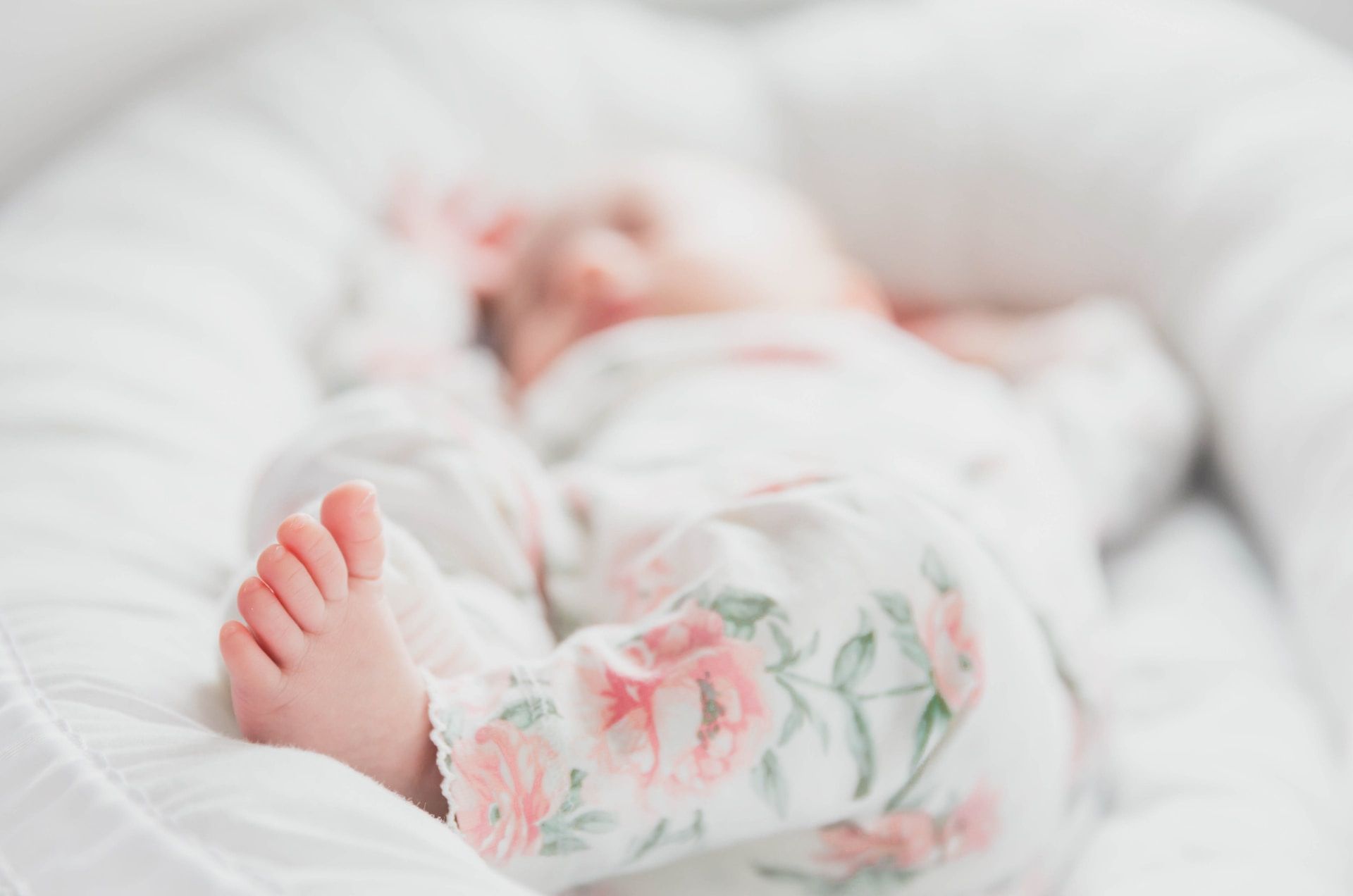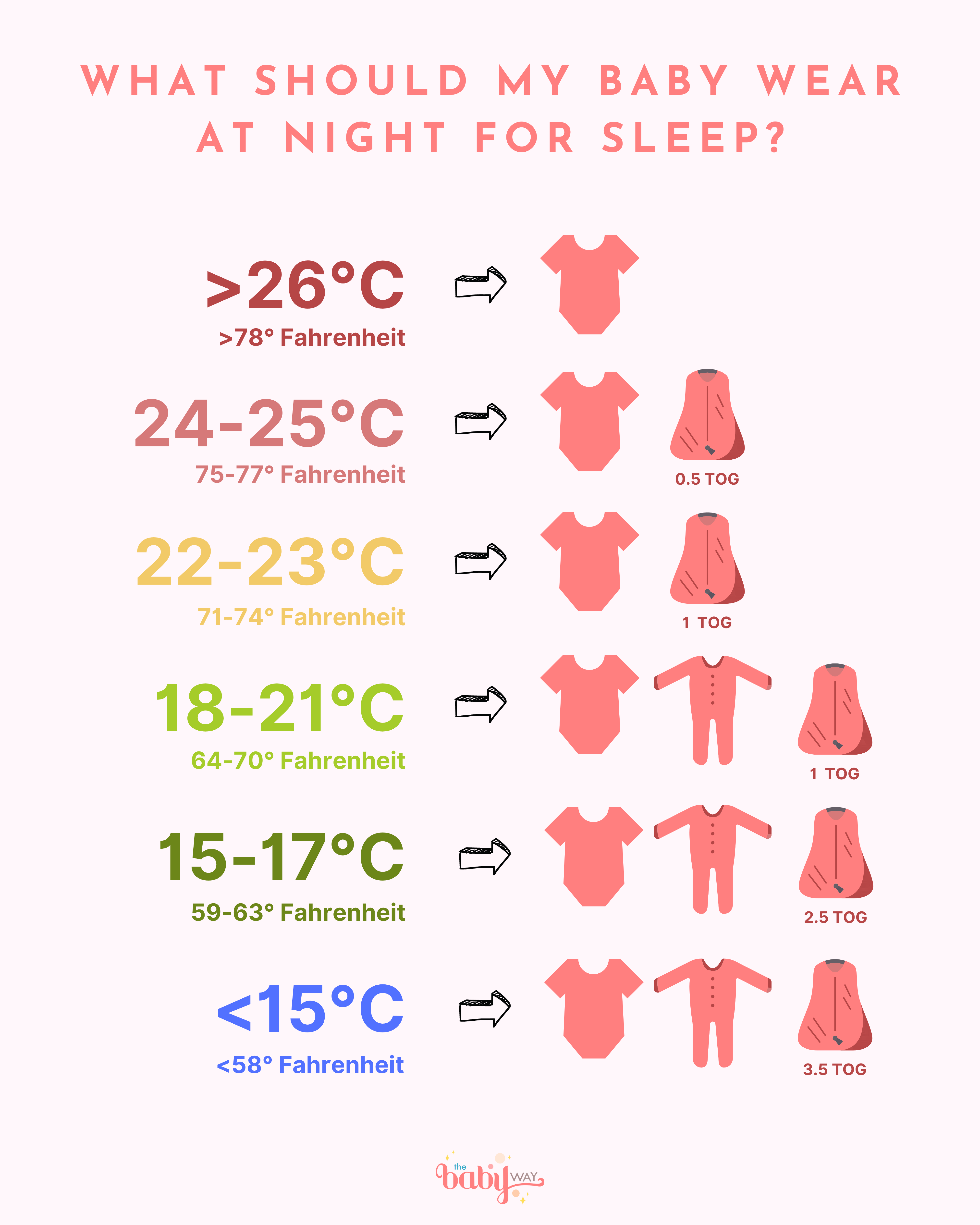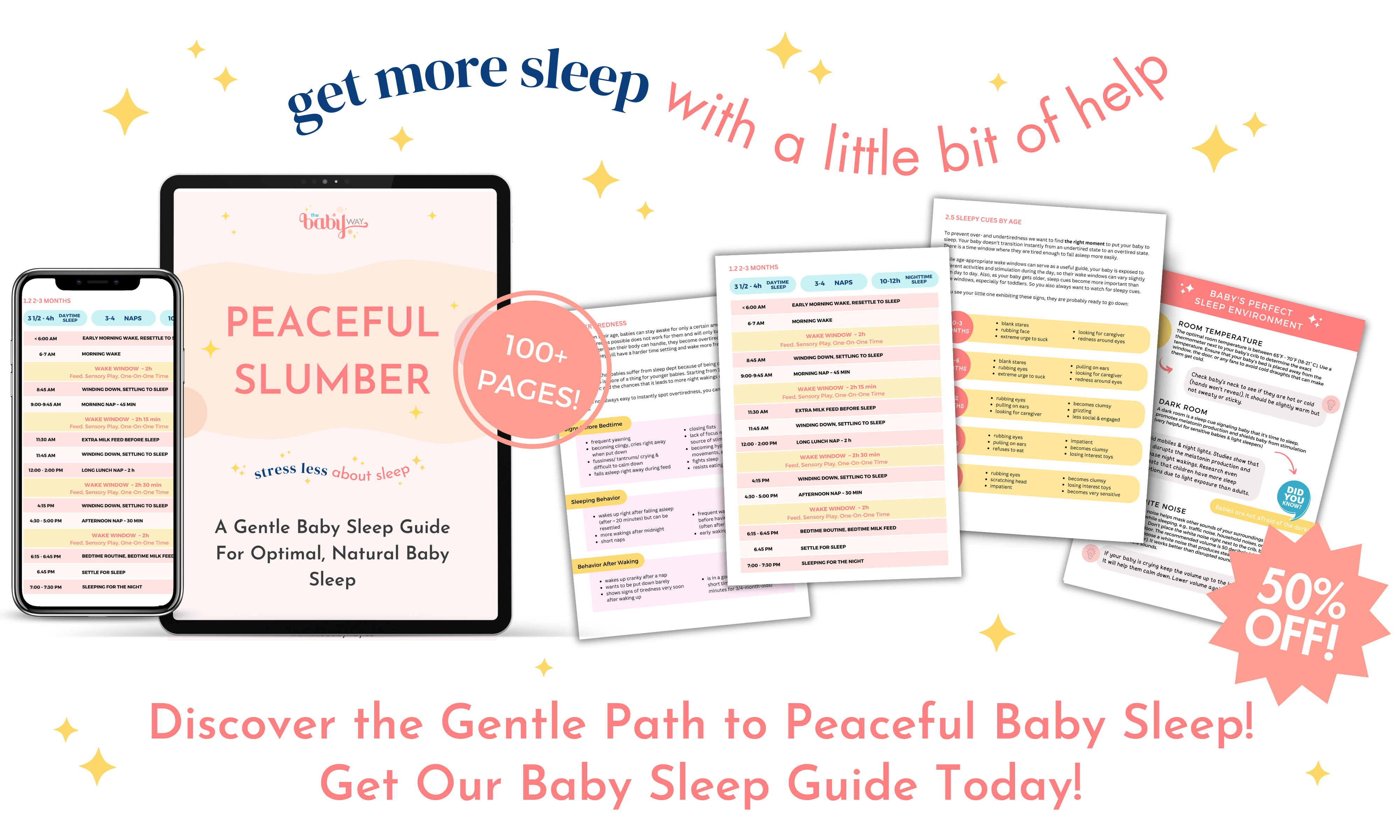We all know that the nighttime struggle to keep our babies warm and snug can be real. You keep wondering all night if they are cold and check their hands and face every time you wake up. Getting the temperature right for your little one sometimes feels trickier than solving a math problem. But don't worry, it's actually no big science. In this article, we will learn about all the common signs your baby might be cold and how to dress them appropriately for sleep.
I vividly remember the first nights at home with my baby. Not only was I extremely sleep-deprived from all the night feeds, but I was also constantly worrying that my baby was cold at night. Every time I slightly woke up (even though I am pretty sure I didn't sleep at all), I would touch her hands, feet, and neck, trying to figure out if she was cold. And still, I couldn't really tell for sure.
And that continued throughout the whole winter. I also believe it contributed to me even sleeping worse because every time I woke up, I had this urge to check on my baby. So, in the end, not only did night feedings wake me up, but also the thought of a potentially freezing baby.
Maybe you're just like me and experience exactly the same as I was, constantly finding yourself checking for your baby or toddler. But I can tell you that you can get over this struggle quite easily.
In this article, I will help you decode the signs your baby might feel chilly at night. I'll give you some practical tips to ensure your baby stays cozy and warm so you no longer have to worry!
This article covers:
1. Why Temperature Matters For Babies
Babies cannot regulate their body temperature as well as adults can. Unlike adults, babies have a larger body surface area relative to their body mass, which makes them more susceptible to temperature changes. Additionally, newborns have less body fat insulation, which can further affect their ability to maintain a stable temperature.
So to compensate, babies rely on external sources of warmth, meaning they need to be dressed the right way. If your little one is too cold or hot at night, it can lead to more frequent wakeups.
BTW, being cold does not cause your baby to get sick or catch a cold! Infections are caused by viruses and bacteria. Only if your baby already has a virus being cold can weaken the immune system and make the symptoms of the cold appear or intensify.
2. Signs Your Baby Is Cold At Night
Unless your baby is really freezing (which is usually not the case), these are the two main ways to tell whether your baby is cold:
1. Cool neck or chest
A very efficient way to find out whether your baby is hot or cold is to check their chest or the back of their neck. It should be slightly warm but not sticky or sweaty. If their neck or chest feels cold, it is probably a little bit too chilly for them, and they need an extra layer of clothing.
2. Restlessness or frequent wakings
Babies are very perceptive to temperature changes. That's why your baby will most definitely wake up more frequently when they are feeling cold. If they are sleeping fine (or, let's say, like a baby), they are probably not cold.
Instinctively you may first check your baby's hands or feet. But the truth is that your baby's hands or feet are actually bad indicators to tell whether your baby is cold or not. They are often exposed and hence will naturally have a lower temperature. So, if your baby has cold hands or feet, it doesn't mean your baby is too cold!
Here are some other signs indicating that your baby might be cold at night:
- their skin is pale or bluish
- they are shivering
- they are very sleepy or hard to arouse
- they feed poorly
- clenched fists
However, it should be mentioned that in these cases, your baby would be really, really cold, something that usually does not happen.
3. Signs Your Baby Is Hot At Night
It's also important to make sure your baby is not too hot. While you obviously want your baby to stay warm and cozy, protecting them from overheating is also important.
Here are the typical signs of a baby that is too hot:
- their neck is warm and sticky
- their hair is wet from sweating
- their skin is damp
- their skin looks reddened or flushed
If you notice these signs, take off a layer of their clothing.
4. The Ideal Room Temperature
Keeping the right room temperature for your baby is not only important for their sleep quality but also for their health and safety.
In 2001, a group of scientists conducted a study on the impact of room temperature on children's arousal rates. The results revealed that babies who slept in warmer room temperatures had a harder time waking up in response to auditory signals.
Sudden Infant Death Syndrome (SIDS) occurs when a baby is unable to wake up when there is a physiological issue. This study indicated that higher room temperatures impact the baby's ability to be easily awakened, thereby increasing the risk of the baby not waking up if something is amiss.
So it is important to maintain a rather lower room temperature to ensure that the baby's ability to wake up and cry is not hindered in the event of any disturbances during sleep.
The same study found that babies who slept in room temperatures below 75 degrees Fahrenheit (24 Celsius) did not experience heightened difficulty in waking up.
So the best room temperature for your baby to sleep in is between 68°F and 72°F (20°C and 22.2°C). This is the ideal temperature to create a comfortable and safe sleep environment for your little one.

To determine the room temperature, you can use a thermometer next to your baby's bed.
Also, make sure that your baby's crib is not placed near a drafty window or door. Drafts can make the temperature in the room drop and make your baby cold. But also avoid placing the crib close to sources of heat.
Placing the crib in the right place will create a consistent room temperature throughout their sleeping space.
In my Baby Sleep Guide, you will learn in more detail what your baby should wear at any temperature. You will also get a complete overview of how to set up your baby's sleep space to help them get the best sleep possible.
5. What Baby Should Wear
Dress Them in Layers
Dressing your baby in layers is a great way to keep them warm without overheating them. When they are too hot or too cold, you can simply remove one layer of clothing.
Use a Sleep Sack
Sleep sacks and swaddles can help keep your baby warm and snug. They provide an extra layer of warmth and prevent your baby from kicking off their blankets during the night. Make sure that the sleep sack or swaddle fits your baby properly and is not too tight.
Sleep sacks come with a TOG rating. The TOG rating measures the warmth of the sleeping bag. The higher the TOG rating, the warmer the sleeping bag.
The general rule of thumb is that babies should wear one layer more than you are.

6. Babies & Kids Don't Feel as Cold as We Do
There is actually an anatomic reason why babies and kids don't feel as cold as we do. While you are shivering outside, your little one might just be ready to wear their shorts.
For once, children are very active and have a fast metabolic rate which keeps them warm. But additionally, children have more of what is called "brown fat". Brown fat is a special fat whose primary role is to generate heat. This fat is concentrated in the neck area and generates heat for their body.
As we get older, the amount of brown fat decreases. Instead, that great white fat increases, which only makes our jeans not fit anymore. Well, thanks a lot...
And that is the simple reason why you and I are cold all the time.
7. Conclusion
I guess it is just in our parental blood that we need to make sure our children aren't cold for one single minute.
I mean, I've been a mom for several years now, and still, whenever a little breeze of wind comes out, I grab the jackets and try to convince my children to put them on (which they basically reject 99% of the time).
And while keeping your baby warm at night is obviously essential for their comfort and safety, chances are you don't need to worry as much as I used to. Your baby will give you clear signs when they are too cold to sleep well.
8. FAQs
1. How often should I check on my baby during the night?
While it's a good idea to check on your baby at night, you don't need to get up every hour to see if they are cold. You might not only disturb their sleep, but you will get less sleep than you are probably getting now. When you arouse, you can just shortly check their neck and if it is not cold then they are good!
2. Can I use a blanket for my baby?
Loose blankets are not recommended. They are not only a choking hazard for your baby, but they are also not very effective in keeping your baby warm. If you are a parent, you know that that blanket is anywhere else but on them.
3. Can my baby wear a hat?
It's not necessary for your baby to wear a hat. It can actually be dangerous and lead to overheating. Babies regulate their body temperature through their heads, so putting on a hat increases the risk of overheating (and suffocating if the hat comes off).
4. Should I use mittens or gloves for cold hands?
As mentioned before, cold hands are not an indicator that your baby is actually cold. And cold hands are not something bad. So, in general, your baby does not need to wear gloves or mittens. If you want to use mittens because you are worried that your baby will scratch themselves, make sure they don't pose any risk or choking hazard.








